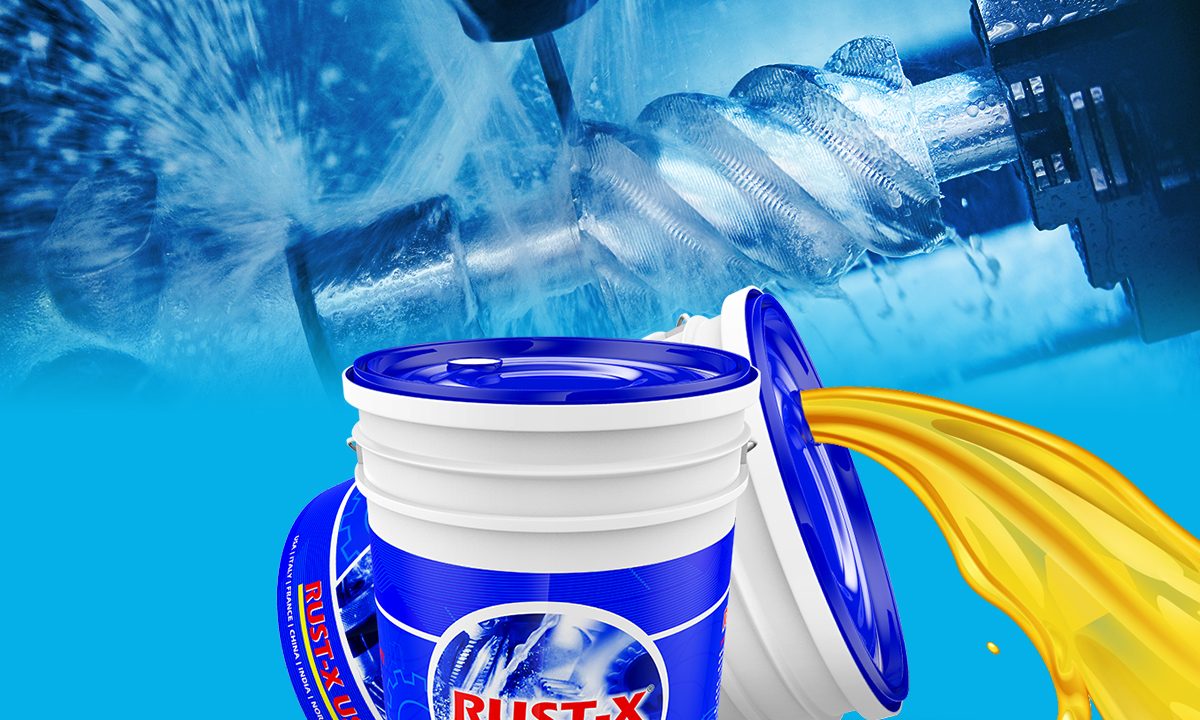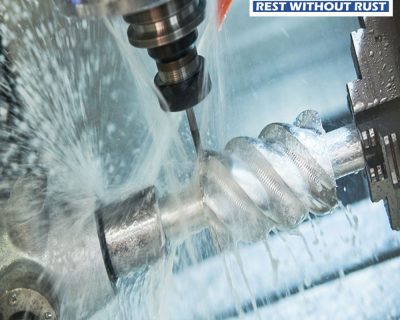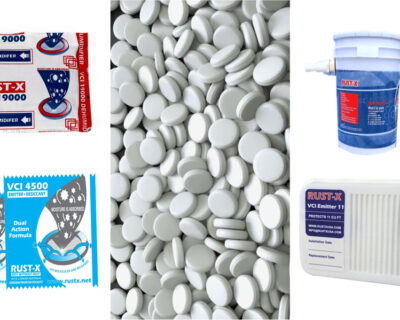Blog

Comparing Synthetic Cutting Oils to Conventional Cutting Fluids
Cutting Oils are essential to the machining process, providing lubrication, cooling, and chip removal. There are two types of cutting fluids: synthetic cutting oils and conventional cutting fluids. Synthetic cutting oils are made from synthetic base oils and additives, while conventional cutting fluids are made from mineral base oils and additives. In this article, we’ll compare these two types of cutting fluids and see which is better for different machining applications.
What are Synthetic Cutting Oils?
Synthetic cutting oils are made from synthetic base oils and additives. Synthetic base oils are made from chemical reactions and have uniform molecular structures. This means that they have a consistent composition and are less prone to impurities than conventional cutting fluids. Synthetic cutting oils also have a longer lifespan than conventional cutting fluids, which means that they can be used for a longer period of time without losing their effectiveness.
What are Conventional Cutting Fluids?
Conventional cutting fluids are made from mineral base oils and additives. Mineral base oils are refined from crude oil and are less pure than synthetic base oils. This means that they are more prone to impurities and have a shorter lifespan than synthetic cutting oils. However, conventional cutting fluids are less expensive than synthetic cutting oils, which makes them a popular choice for some machining applications.
Advantages of Synthetic Cutting Oils
Synthetic cutting oils have several advantages over conventional cutting fluids.
- They have a longer lifespan, which means that they can be used for a longer period of time without needing to be replaced. This makes them more cost-effective in the long run.
- Synthetic cutting oils have a more consistent composition, which means that they are less prone to impurities and can provide more consistent machining results.
- Synthetic cutting oils are more environmentally friendly than conventional cutting fluids, as they produce less waste and are easier to dispose of.
Advantages of Conventional Cutting Fluids
Conventional cutting fluids are less expensive than synthetic cutting oils, which makes them a popular choice for some machining applications. They are also more readily available than synthetic cutting oils, which can be useful in situations where time is of the essence. Finally, conventional cutting fluids are less likely to cause skin irritation than synthetic cutting oils, which can be an important consideration for workers who come into contact with the cutting fluid.
Which is Better for Different Machining Applications?
The choice between synthetic cutting oils and conventional cutting fluids depends on the specific machining application. For high-precision applications, such as those found in the aerospace or medical industries, synthetic cutting oils are generally the better choice. They provide more consistent machining results and have a longer lifespan, which makes them more cost-effective in the long run. For less precise applications, such as those found in the automotive industry, conventional cutting fluids may be a more cost-effective choice.
Synthetic cutting oils are more consistent, have a longer lifespan, and are more environmentally friendly, but they are also more expensive. Conventional cutting fluids are less expensive, more readily available, and less likely to cause skin irritation, but they have a shorter lifespan and are more prone to impurities. The choice between these two types of cutting fluids depends on the specific machining application, with high-precision applications generally favoring synthetic cutting oils and less precise applications favoring conventional cutting fluids.






